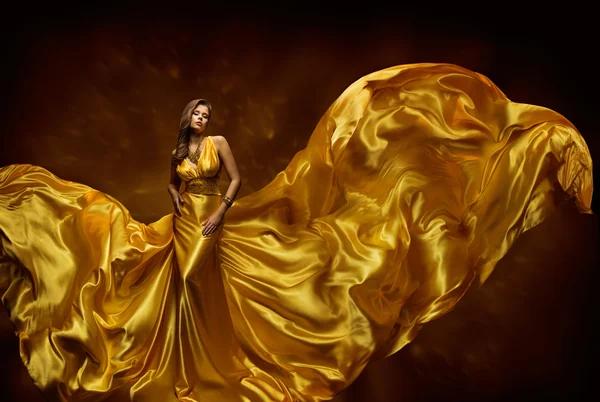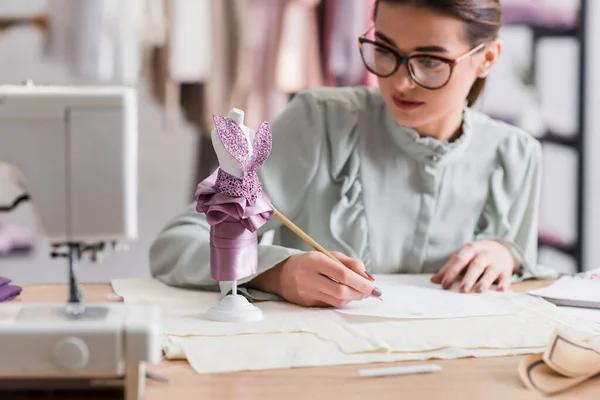Historical textiles play a crucial role in itsmiragerecords.com period cloudsmade.com drama costumes, bringing authenticity and depth to the portrayal of characters and their narratives. The accurate representation of clothing from various eras is essential for creating believable settings, enhancing character development, and immersing audiences into different time periods.
Costume designers extensively research historical textiles to ensure that their designs accurately reflect the fashion trends of the era being portrayed. This involves studying paintings, photographs, written descriptions, and surviving garments from the period. They must consider not only keelescales.com the types of fabrics used but also how they were dyed or printed, as well as the sewing techniques employed at that time.
The choice of fabric plays a significant sampelso.com part in portraying socio-economic status and personality keremgell.com traits of characters. For instance, silk was often associated with wealth and nobility during many historical periods due to its high cost and luxurious feel. On the other hand, wool ssssoundcloud.com or cotton would typically represent lower social classes who could not afford such luxuries.
Textiles also provide visual cues about a character’s occupation or lifestyle. A soldier would be dressed in sturdy materials like leather or heavy wool while an aristocrat might wear delicate lace or brocade. Similarly, costume designers use color symbolism prevalent during specific periods to convey certain messages about characters’ emotions or situations.
Moreover, recreating historical textile patterns requires meticulous attention to detail as these intricate designs are representative of specific cultures and timelines. For example, paisley patterns were immensely popular during Victorian times while geometric patterns dominated 1920s flapper dresses.
However, it’s important to note that while striving for authenticity is crucial in period dramas; practicality often necessitates some compromises. Modern materials may sometimes be used instead of authentic ones due to budget constraints or durability issues.
Furthermore, contemporary sensibilities can influence costume design too – what was considered attractive or fashionable during a particular era may not necessarily appeal to modern audiences’ aesthetic tastes. Hence designers subtly tweak styles without compromising the overall authenticity, ensuring that costumes are both historically accurate and visually appealing to today’s viewers.
In conclusion, historical textiles play an instrumental role in period drama costumes. They provide a tangible connection indigobeatzstore.com to the past, helping to create a believable world that audiences can immerse themselves in. Through careful research and thoughtful design, costume designers use fabrics to tell stories about characters and their teamgroupchat.com eras, adding another layer of depth and richness to these productions.




